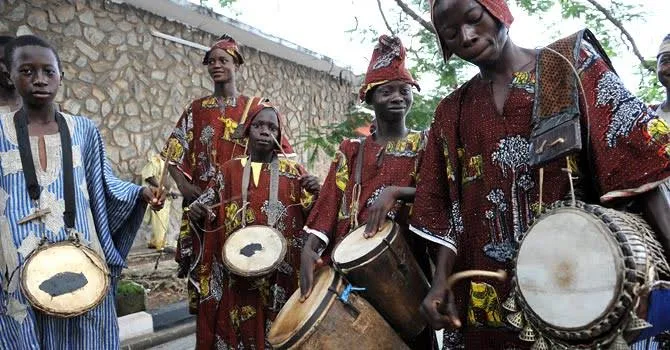
It's between the year 1876 - 1877, explorer Henry Stanley and his fellow travelers head down the Congo River. Suddenly they are alert for they feel it's vibration. Having little or no opportunity to reflect on the merits of local drumming, to Stanley and his fellow travelers, this can only mean one thing: WAR
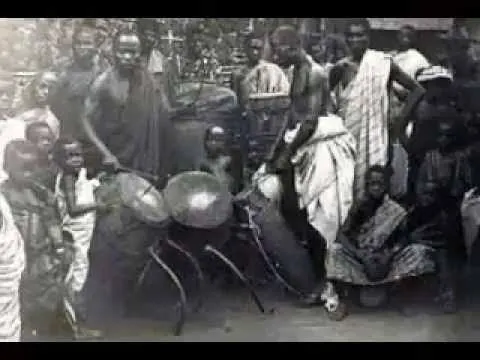
Yes!
Drummers back then, did more than send signals for military calls. They conveyed specific message. I think Stanley later learnt how much more drums could express than a call to arms for he later wrote while describing one ethnic group that lived along the Congo: "(they) have not yet adopted electric signals but possess, however, a system of communication quite effective. Their huge drums being struck in different parts convey language as clear to the initiated as vocal speech."
Even now, drums continue to play an important role in conveying information.
"talking drums are used as telephone and telegraphs. All kinds of messages are sent- to announce births, deaths, and marriages; sporting events, dance, and initiation ceremonies; government message, and war. Sometimes the drums carry gossips or jokes." states the book Musical Instruments of Africa, published in 1965.
The Language Of The Drum
The key to understanding drum communication lies in the African languages themselves. Many of the languages here in West Africa are BITONAL in nature - each syllable of every spoken word has one of two fundamental tones, either high or low .
Therefore, a change of tone equals change in the meaning of the word.
For example, the word asông , from the Ibibio language of Nigeria where I come from. If you're being asked: "how are you?" And you reply "a/sông" with all two syllabus pronounced in low tone, the word means "I'm strong, or am good"; if asked "how are things going with you?" reply using "a/sông" with a high-low pronuncaition of the syllables will mean "difficult"; a high-high intonation means "very difficult".
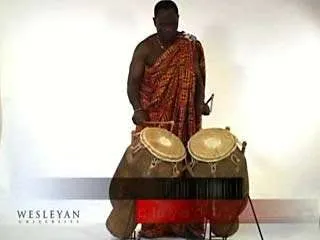
African slit-drums used to transmit messages also have two tones, high and low. Skin-topped drums on the other hand are used in pairs, one having high tone and the other a low tone.
Thus, the drummer communicates by imitating the language pattern of words that makes up the spoken language. And to avoid confusion, provides a context for such words, including them in a short well-known phrase containing enough variation to enable the listener to understand what is being said.
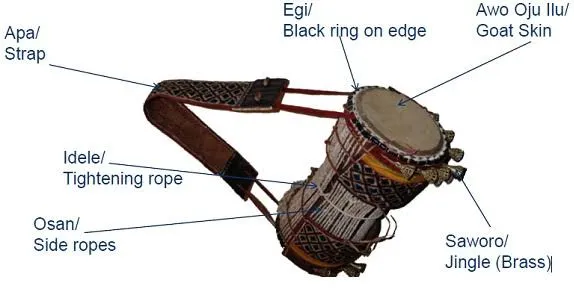
The Drum That Talks The Best
Pressure drums.
Example of one is a DUNDUN ; the famous Yoruba talking drum, from Nigeria.
Made of thin, tanned goatskin, shaped like an hourglass, with a head at each end. The heads are joined together by means of leather things.
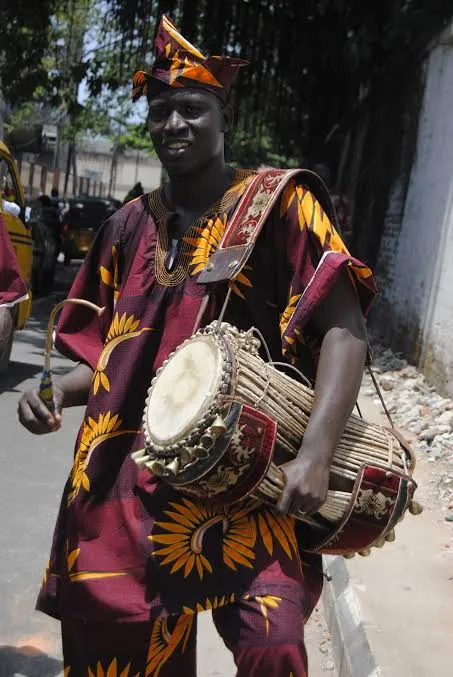
When the thongs are squeezed, the tension on the drumhead increases so that it can produce notes with a range of an octave or more. By using a curved drumsticks and changing the pitch and rhythm of the sounds, a skillful drummer can imitate the rise and fall of the human voice. This is why two drummers can hold "conversation", as long as they can interpret and play the drums language.
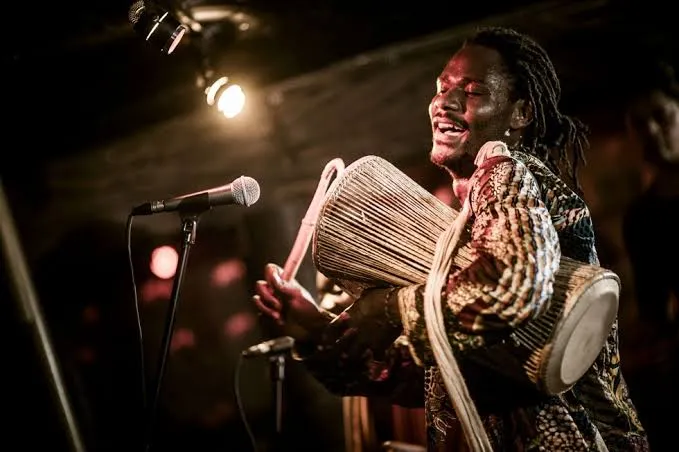
Do The Drums Still Talk?
You'll agree with me that the Yoruba drumming is a complex and difficult art because the drummer is not only required to possess great manual skill and sense of rhythm, but also a good memory for poetry and the history of the town which requires many years to learn.
In recent decades the African drums do not talk as much as they used to. Don't get me wrong , they still retain an important role in music.
"Learning to play messages on drums is extremely difficult, therefore, this art is fast disappearing in Africa", Says the book Musical Instruments of Africa.
Media specialist Robert Nicholls adds: "the huge drums of the past, whose voices traveled for miles and whose sole function was to transmit messages, are destined for extinction."
could it be that people realized it's much more easy to buy recharge cards, load them, and make calls or send text to transmit their messages than to go learn how to play drums?...
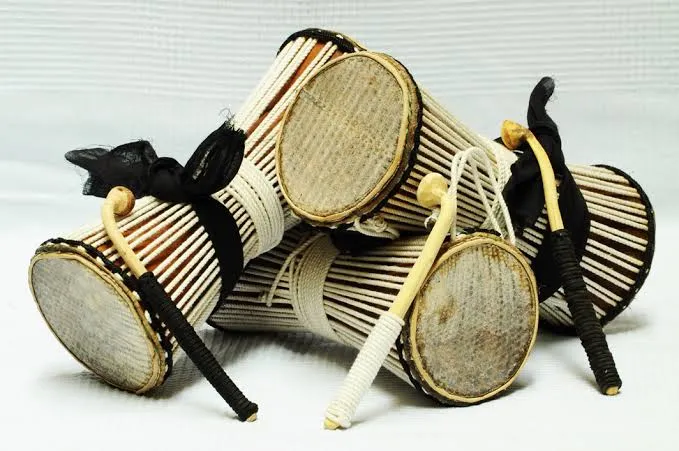
image credit: google/africantalkingdrum/pictures
what do you think?
is this unique art, worth serving?
if yes, how can we go about it?

